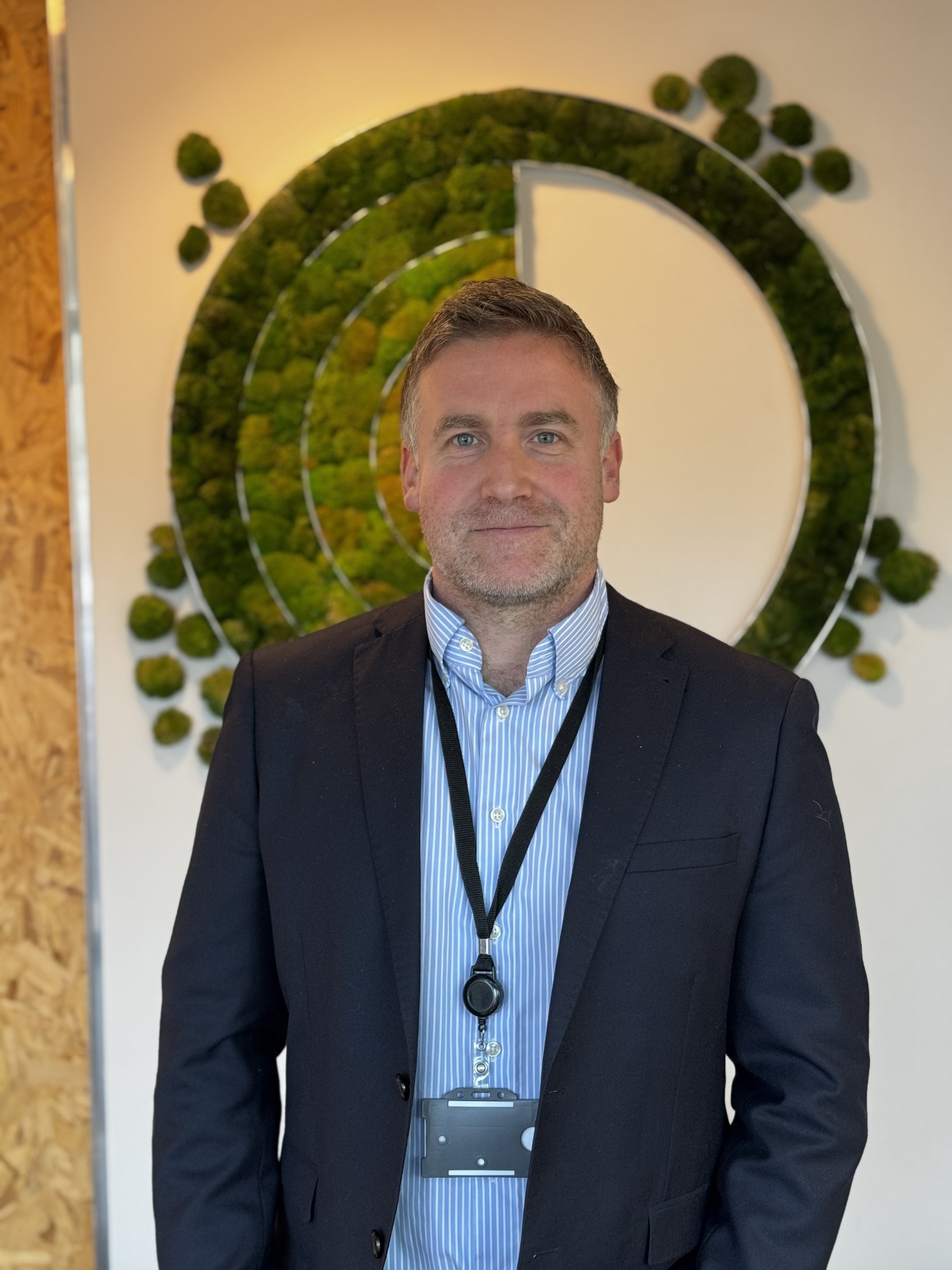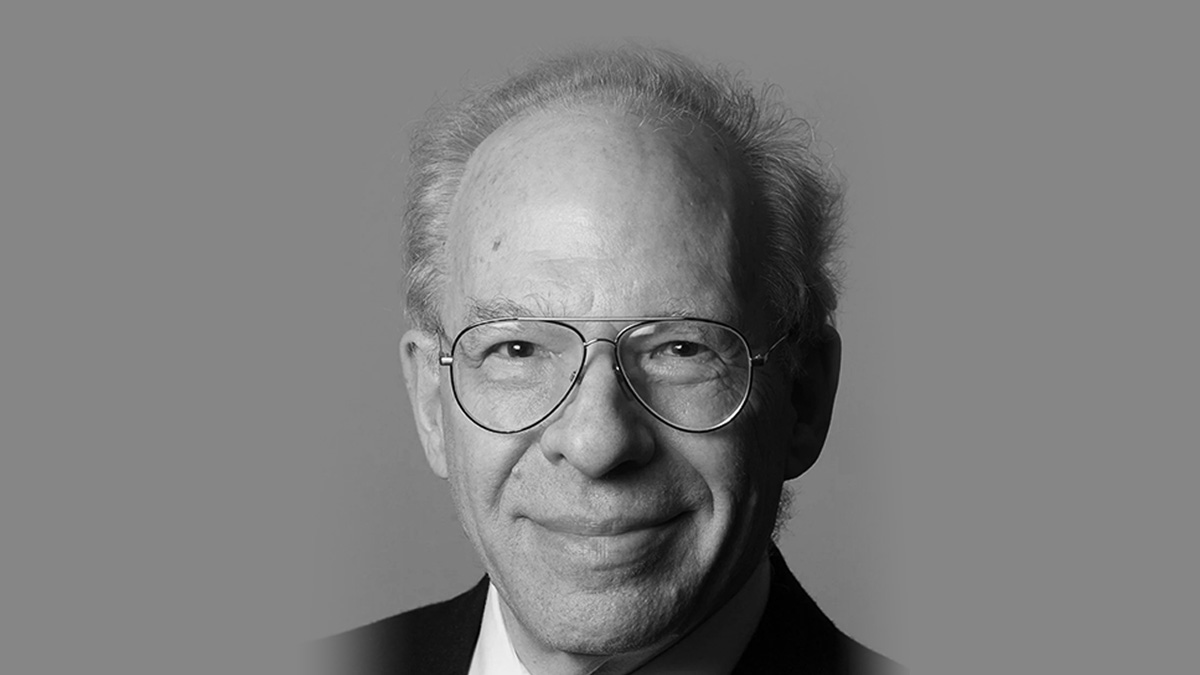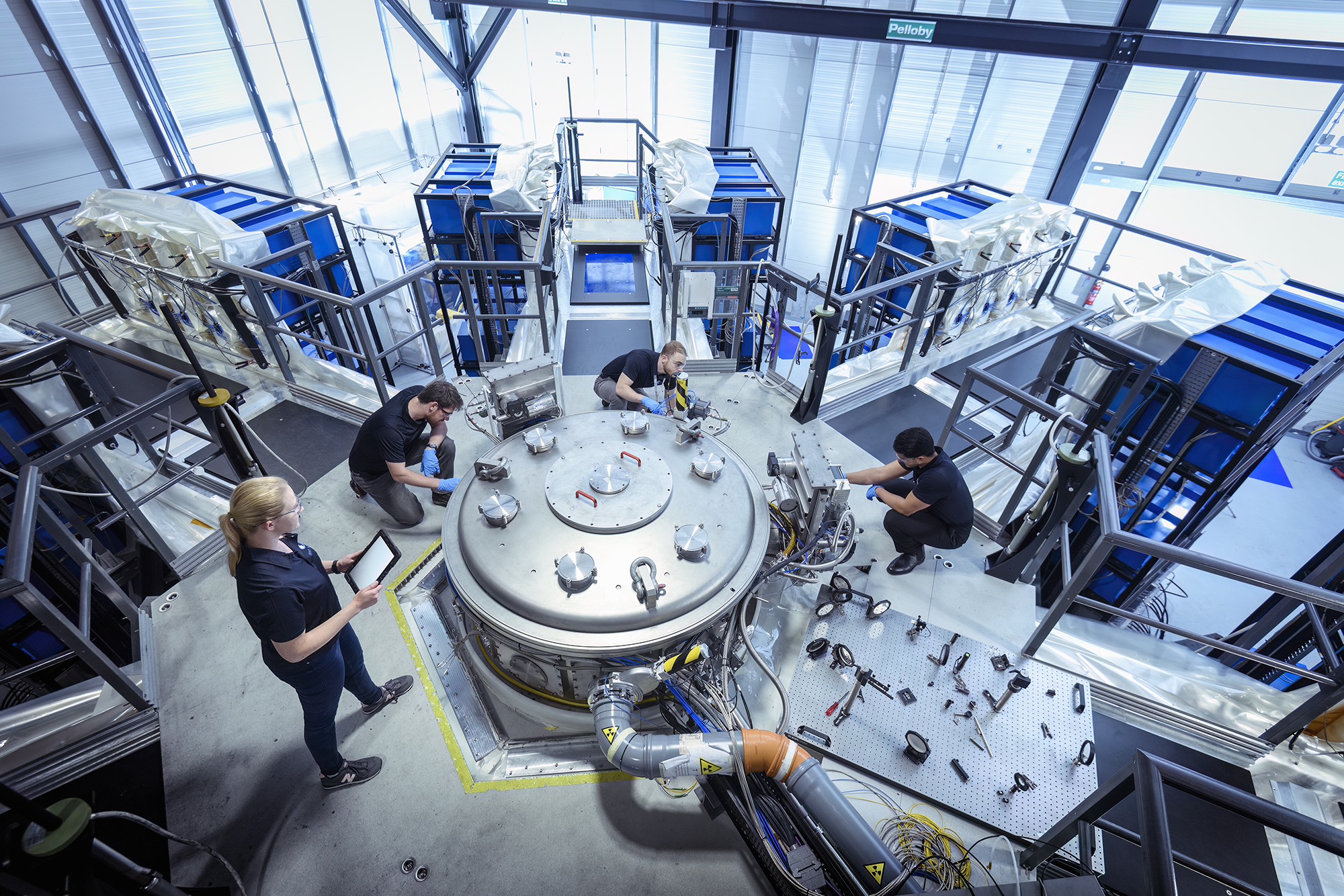OXFORD, UNITED KINGDOM, 12 February 2019
FIRST Light Fusion, the University of Oxford spin out researching energy generation via inertial fusion, has successfully completed building and testing of its unique pulsed power device, dubbed
Machine 3.
The machine was built to advance the Company’s work exploring fusion – the ultimate source of energy. Machine 3 has now been fully commissioned following successful testing at the end of 2018. It is the biggest pulsed power machine in the world dedicated to researching fusion energy.
Machine 3 is capable of discharging up to 200,000 volts and in excess of 14 million ampere – the equivalent of nearly 500 simultaneous lightning strikes – within two microseconds. The £3.6m machine uses some 3km of high voltage cables and another 10km of diagnostic cables. Similar to a railgun, it will use electromagnetism to fire projectiles at around 20km/s (enough to travel from London to New York in 4 minutes). Now fully operational Machine 3 will be used to further research First Light Fusion’s technology as the company seeks to achieve first fusion, which it expects to deliver in 2019.
The next step in the technological development will be to achieve ‘gain’, whereby the amount of energy created outstrips that used to spark the reaction. Fusion is the ultimate source of the universe’s energy and is the same process that powers stars, including the Sun.
Nicholas Hawker, Founder and CEO of FLF said:
“This is another major milestone for First Light Fusion. Commissioning of Machine 3 has been completed and performance has been confirmed to meet the design specification. We have now started our experimental campaigns. These will culminate in the first demonstration of fusion from one of our target designs. These targets have many elements and we are holding ourselves to a very high scientific standard, verifying operation of each element in isolation and cross-comparing with simulation predictions at all stages. We are confident we will show fusion this year. After fusion, the next phase is to show energy gain, which we aim to complete by 2024.
“In parallel we are working on the reactor concept and on the commercial aspects of the technology. Our technology is uniquely scalable and we believe we can see a clear pathway to the first reactors producing power. We must be led by the science and there is still a lot to do, but if we can find the target that works with our reactor design, fusion would not be ‘always 30 years away’ – we could make it happen much faster than that”.
ENDS



